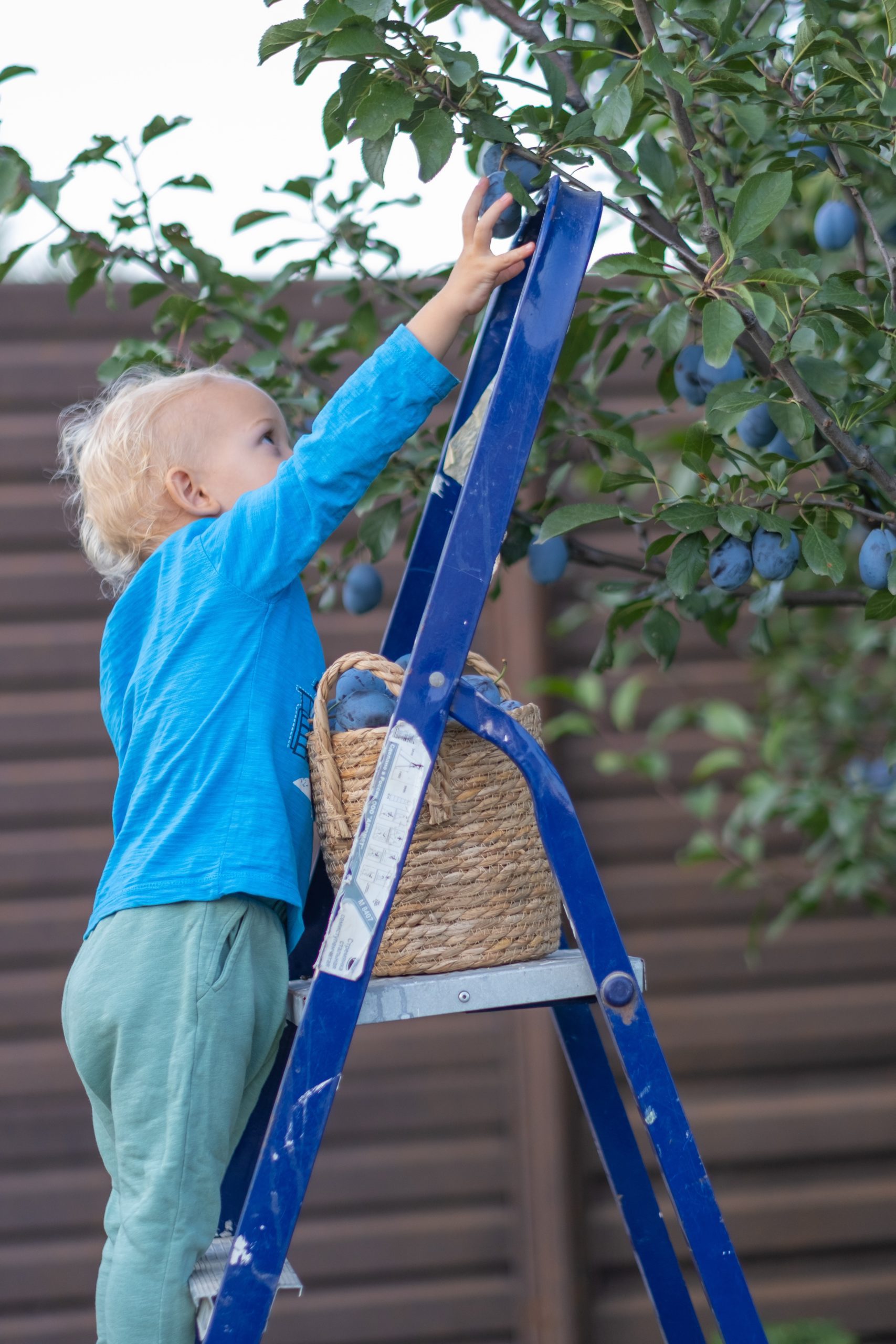Supporting Their Desire for Risk and Challenge
By Emma Daniels
Taking risks, managing risk, facing challenges and learning from them are all a part of life. It cannot be avoided. So how do we teach our children to rise to the challenge and manage risk?
Simple, we let them experience it. Whether they fail or succeed, we let them experience and learn from it. It is a skill that can only be accomplished through doing.
‘But they are our babies, and our job is to protect them!’ I hear you say. You are absolutely right. Our job is to protect, prepare and raise children who are capable of independent thoughts, actions and deeds. Because we won’t always be there. We want to know that when faced with a challenge or presented with a risk that our children have the tools to face it without us.
So how do we do this?
We start by safely exposing them to risk and challenges. We show them how to handle disappointment, build their trust in their own capabilities by letting them try and showing them we trust them to do so.
Children will naturally seek out challenges and risk. It is a part of how they learn. We want to give them the tools to go out into the world, face it head on and come home at the end of the day.
Here are some of the ways you can support your child’s desire to take risks and attempt challenges, safely:
Don’t:
- Don’t let them see you are afraid for them: Our children are tuned into our feelings. If we are showing outward signs of worry or concern we can sometimes cause our children to take on that worry. This is a tricky one, as they say, having a child is like having a piece of your heart out and about, walking in the world. I find it helpful to think that I am protecting them by letting them build this skill and practice keeping my worried face internal!
- Always solve the problem for them: Instead encourage them through open ended, or leading (if needed) questions. “Have you tried a different way of doing this?”, “How else could you get the heavy rocks over to the sandpit?”, “Is there something in the yard that we could use to help us?”
- Say ‘Be careful’: This is a super hard one to stop. We are almost hardwired to call out ‘be careful’ when we sense danger. But I urge you to stop and think before you do. Of course if they are about to run out in the path of an oncoming bike, it makes sense and then after make sure you explain why. But, if they are climbing a tree, consider how it benefits them for you to yell out ‘be careful.’ Is it really necessary? Are you discouraging them from trying as they sense your fear and hesitation? Does saying ‘be careful’ teach them how to be careful, how to manage the risks inherent in climbing a tree?
Do:
- Show them you trust them: when they look to you for reassurance, to check that it is ok, that you will let them proceed, just to check in (and most children will) let them know with your body language, an encouraging word and gesture to continue that you trust them
- Try using language like…”Do you feel safe?”- This encourages them to assess and trust their own innate measure of danger. It prompts them to consider their plan moving forward without discouraging the risky play
- Ask questions- Question their thinking and evaluating process: “What is your plan for the slippery rocks ahead?”. “How are you going to make sure that the fire doesn’t spread?”. “What are you going to use so you don’t burn your fingers?”. “Is there a different way you can get that rope over that branch to make a swing?”
- Help them to understand and manage disappointment: “It’s hard when we can’t do things, but if we keep trying we can usually find a way.”. “I can see that you are thinking really hard about how to solve this problem, I can’t wait to see what you come up with!”
- Encourage and model a growth mindset: failure is positive and a launching pad for new ways of thinking
- Explain the danger, explain how you mitigate risk, involve them in the problem solving, talk it out. “I can see sharp rocks ahead, I am worried that you might cut your feet, do you have a plan to keep your body safe when you get to the sharp rocks?”. “Where are your shoes, would you like to put them on? Or do you have a different plan?”
Trust
Trust is so important in supporting children in their desire for risk and challenge. We need to trust that they will be ok. They need to trust that they can do it and that we believe in them. They need to trust that we are there when they need us. We need to trust that when we aren’t there we have given them the skills to engage with risk and overcome challenges using the tools we have taught them.
Roald Dahl famously said, “The more risks you allow your children to take, the better they learn to take care of themselves.” So let’s work on fostering a generation that can competently, confidently and independently face all of life’s challenges, take risks, and change the world.






